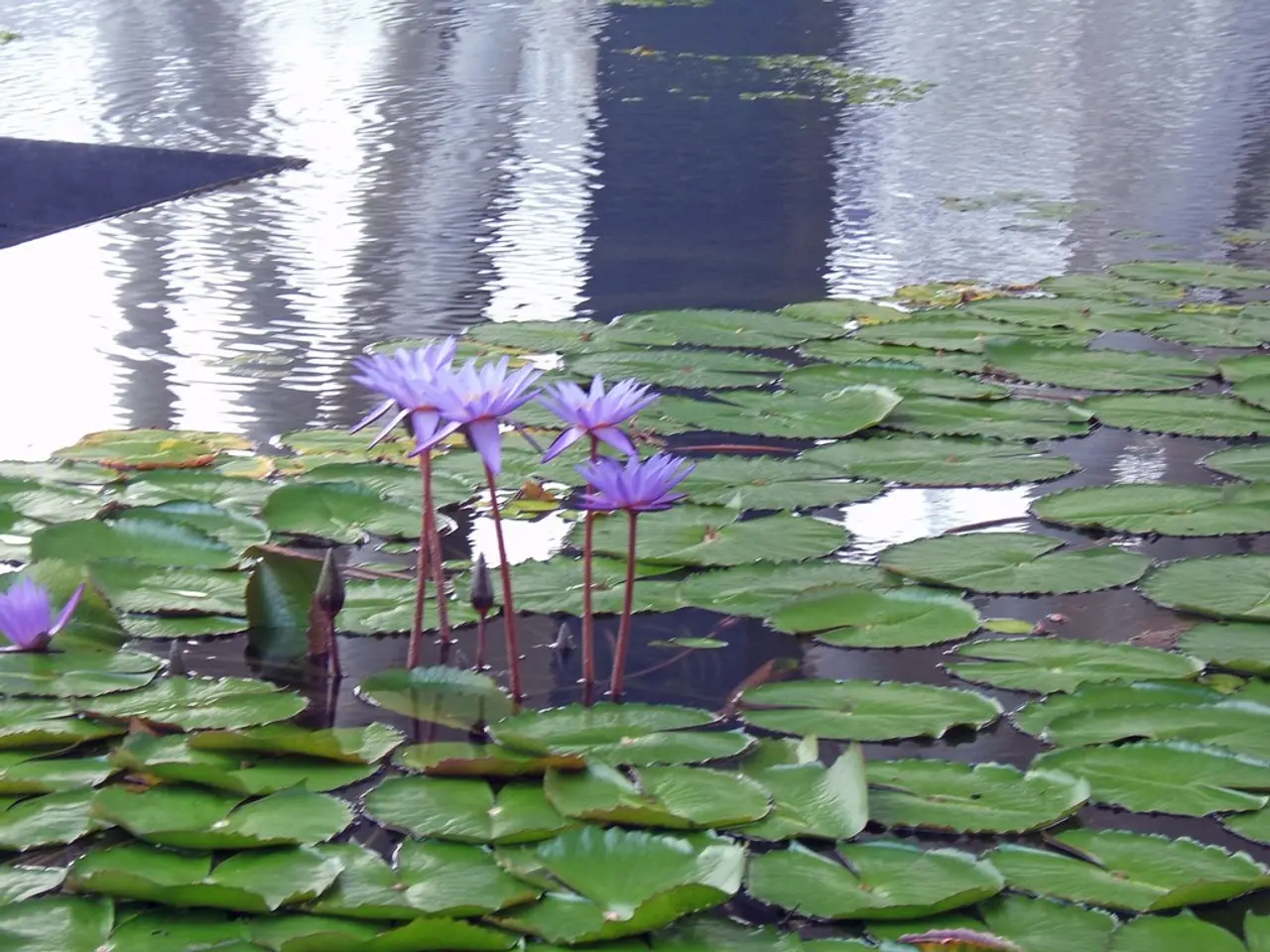Orchid Necessary Humidity for Growth - Techniques to Enhance Moisture
Orchids are beautiful and exotic houseplants, renowned for their stunning blooms. To keep these tropical beauties thriving, it's essential to maintain the right humidity levels in your home. Most orchids prefer humidity levels between 40% and 70%, mimicking their natural habitats.
Phalaenopsis (Moth Orchids), for instance, prefer around 40–70% humidity, which supports healthy growth and blooming. Some species like Miltonia Orchids, however, prefer consistently moist conditions, which may require maintaining the upper end of the humidity spectrum more carefully.
To achieve and maintain these levels indoors, consider using a humidifier. This device can increase and regulate humidity, particularly during dry seasons or in heated homes where indoor air can be very dry. Another method is to place the orchid pot on a shallow tray filled with water and pebbles. The evaporating water raises local humidity around the plant without saturating roots.
Regularly misting leaves can also help maintain moisture, but be careful to avoid excessively wetting flowers and potting medium, which can cause rot. It's best to avoid placing orchids near cold drafts or drying heat sources, such as radiators or vents, which decrease humidity and stress plants.
Different orchid types may have nuanced requirements. For example, Phalaenopsis (Moth Orchids) tolerate normal room humidity but prefer higher levels, while Miltonia needs consistently moist roots and higher humidity. Other tropical types generally prefer higher humidity levels matching their tropical native habitats.
A hygrometer can help maintain the ideal percentage of humidity for a particular type of orchid. This device measures humidity and can be found in garden centers. Keep the hygrometer near your orchids to monitor humidity levels and make adjustments as needed.
In summary, maintaining indoor humidity in the 40–70% range, using humidifiers or pebble trays for raising humidity, adjusting slightly per species, and avoiding dry air or drafts will support optimal orchid health. Spraying orchids with water is not the best solution to address their humidity needs as it only temporarily raises humidity levels and can cause water to collect in the leaves.
Orchids are prized for their exotic blooms and require regular watering, fertilizing, compatible light, and temperature levels for healthy growth. With the right care, you can enjoy these beautiful plants in your home for many years to come.
Maintaining a home-and-garden lifestyle that caters to orchids necessitates adjusting indoor humidity levels to mimic their tropical habitats, usually between 40% and 70%. For instance, Phalaenopsis, or Moth Orchids, thrive in humidity levels around 40–70%, while Miltonia, another species, requires consistently moist conditions, preferring the upper end of the humidity spectrum.




